
You might spot them in similar attire, but that doesn’t mean their lifestyles match. Amish and Mennonites interpret tradition in their own ways, and the gap between them can be wider than you’d guess. If you’ve ever wondered how they truly differ, here’s what separates the two.
Technology Sets The Tone
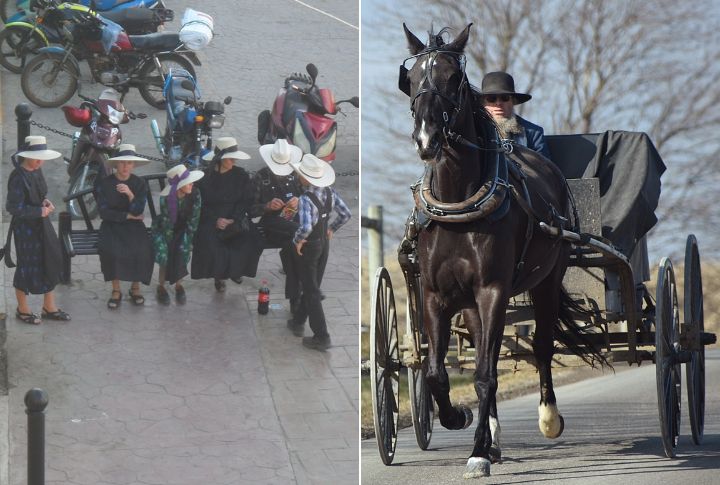
While some Mennonites use smartphones and drive hybrid vehicles, most Amish avoid motor vehicles and electricity from the grid altogether. These reflect each group’s unique interpretation of humility and separation, with Mennonites embracing selective modern tools and Amish communities holding firmly to simpler ways.
Clothing Rules Tell Their Own Story
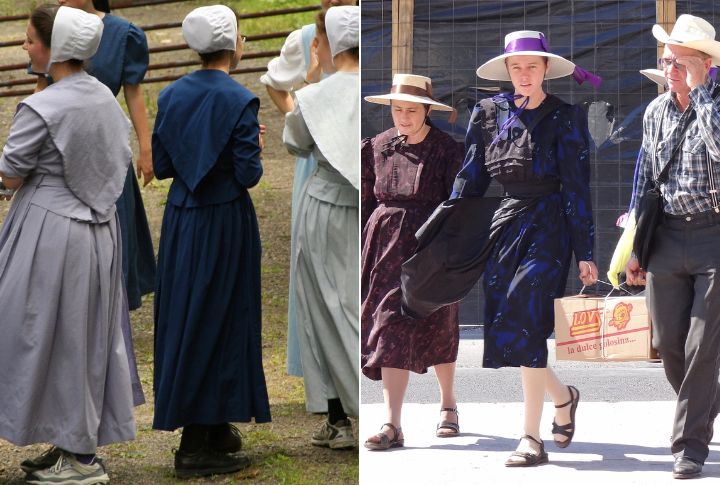
For Amish communities, clothing reflects discipline, humility, and deep separation from the modern world. Outfits remain consistent across generations, signaling stability and unity. Mennonites, on the other hand, accept modest modern clothing as part of everyday life, illustrating a more flexible relationship with outward appearance.
Schooling Ends At Different Points
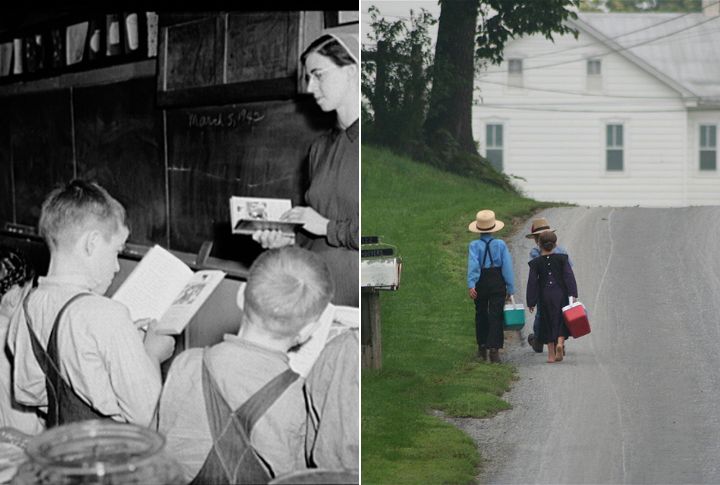
Amish children typically complete their education by the eighth grade, preparing for lives centered on farming or trade. In contrast, many Mennonites pursue higher education, with some earning college and graduate degrees. This gap influences not just job prospects but also the difference in views when it comes to career prospects.
Home Language Shapes Identity
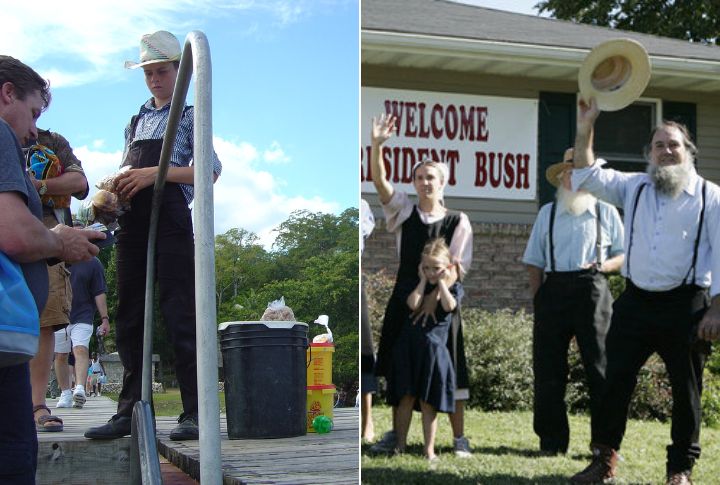
At the dinner table, many Amish still speak Pennsylvania Dutch, a dialect that has been passed down through generations. English takes over in most Mennonite homes, though some still use German in prayer. The contrast reveals how closely each group holds to linguistic heritage within domestic life.
Handling Conflicts Shows Core Beliefs
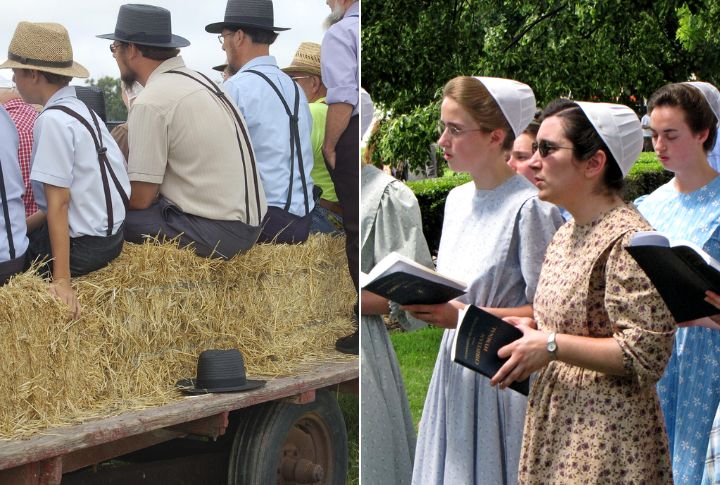
Church discipline looks different on each side. Amish communities practice shunning to maintain order and cohesion, while Mennonite leaders typically lean toward dialogue and forgiveness. Behind both is a theology of accountability, but how that plays out reflects diverging beliefs on grace and group survival.
Church Looks And Sounds Different
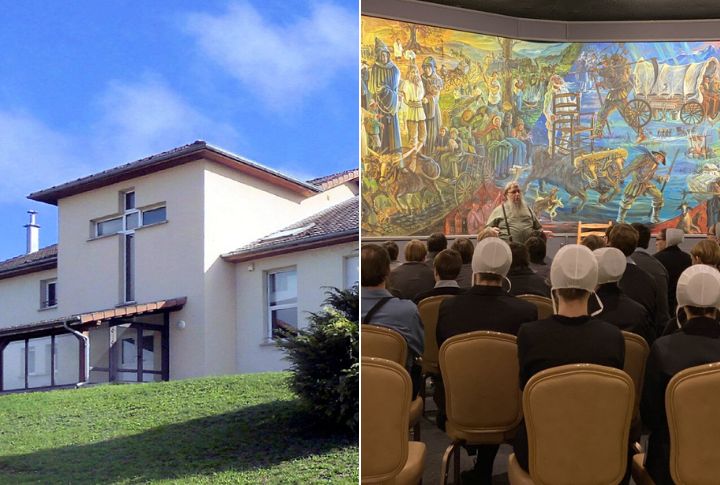
A wooden bench in a neighbor’s barn replaces pews for Amish services, and hymns come from memory, without instruments. Mennonites, on the other hand, sit in formal buildings, sing contemporary songs, and follow structured sermons. These environments reflect separate ideas of community engagement and sacred experience.
Approaches To Mission Works Differ Too

Mennonite organizations support schools, relief efforts, and outreach across the globe. Their mission work often crosses borders. Amish outreach remains focused within their own communities, reflecting a tradition built around local care and strong internal support.
Coming Of Age Looks Different Here
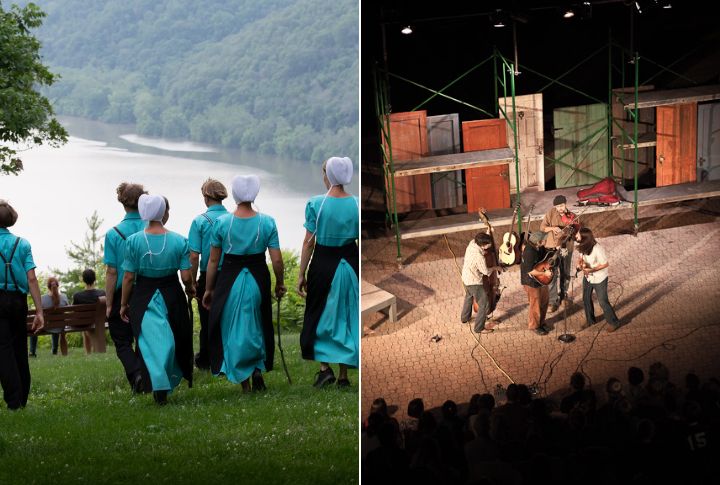
Amish teens often experience Rumspringa, a period of unstructured youth exploration before choosing baptism in adulthood. However, during high school, Mennonites typically choose church membership, often skipping formal rites of exploration. These timelines illustrate differences in how each group treats identity and maturity.
Photographs Divide Public Presence
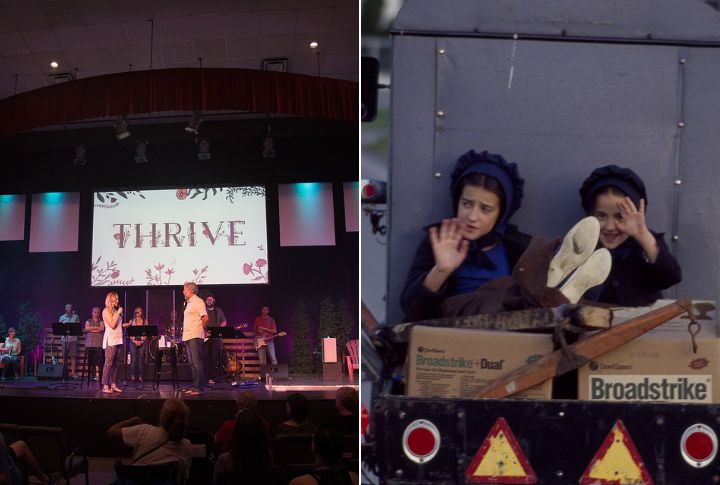
Being photographed often conflicts with Amish values of humility, resulting in polite refusals. However, Mennonites are often featured in wedding albums and even on Instagram. Each group’s comfort level with visibility fundamentally shapes their approach to documentation and personal presence in the modern world.
Transportation Marks A Visible Split
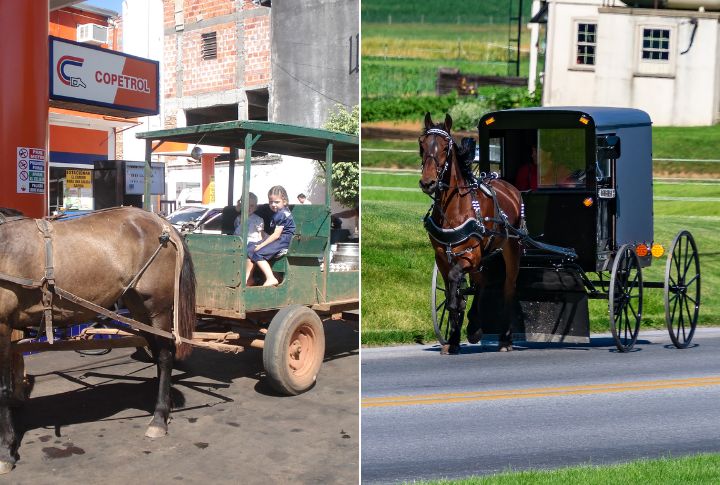
Horse-drawn buggies remain essential for Amish transportation, reinforcing physical and cultural boundaries, while cars and public transit play an important role in making work and school more accessible for Mennonites. These travel choices affect everything from community size to income potential, and they’re one of the most publicly visible contrasts.

